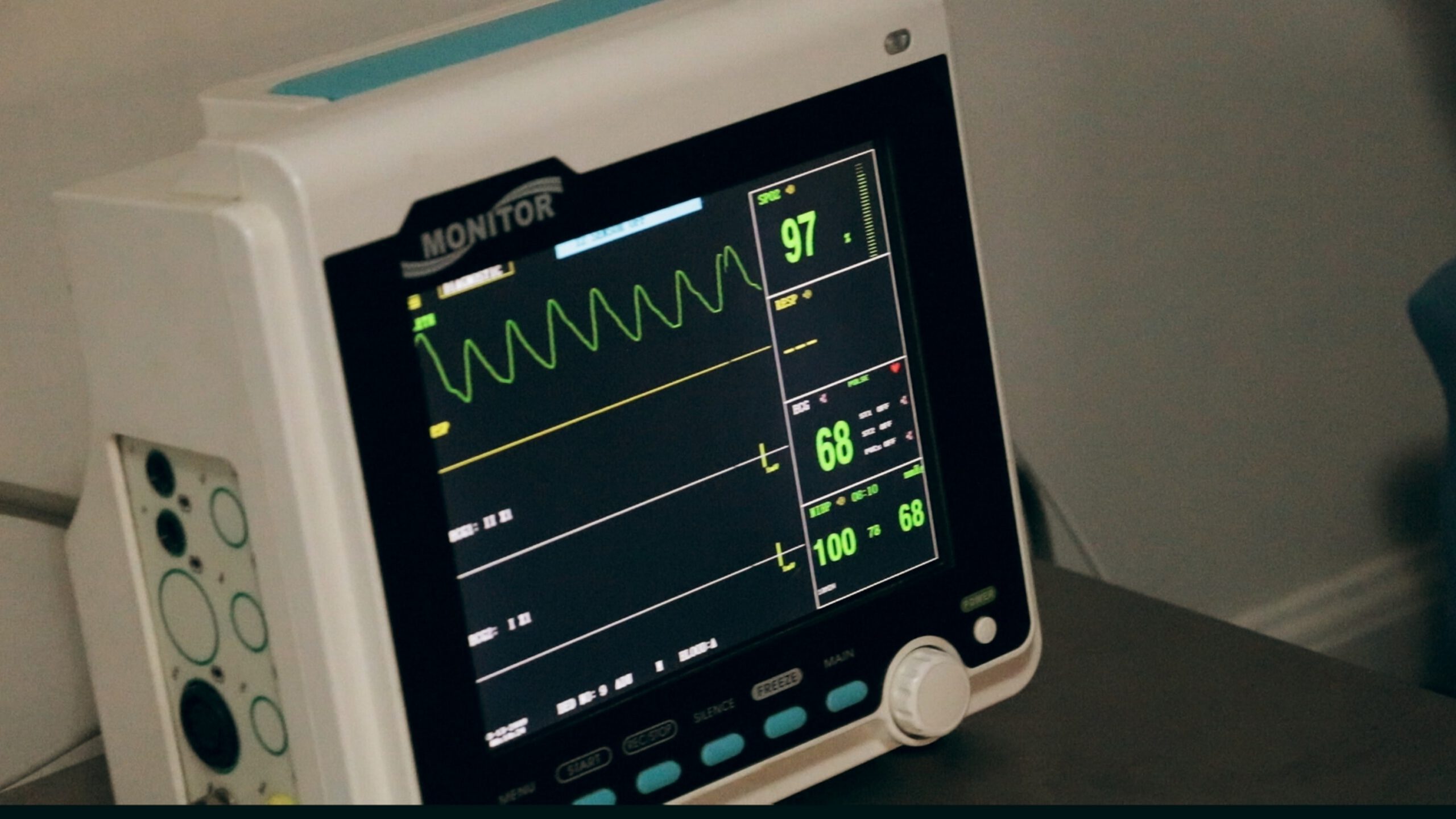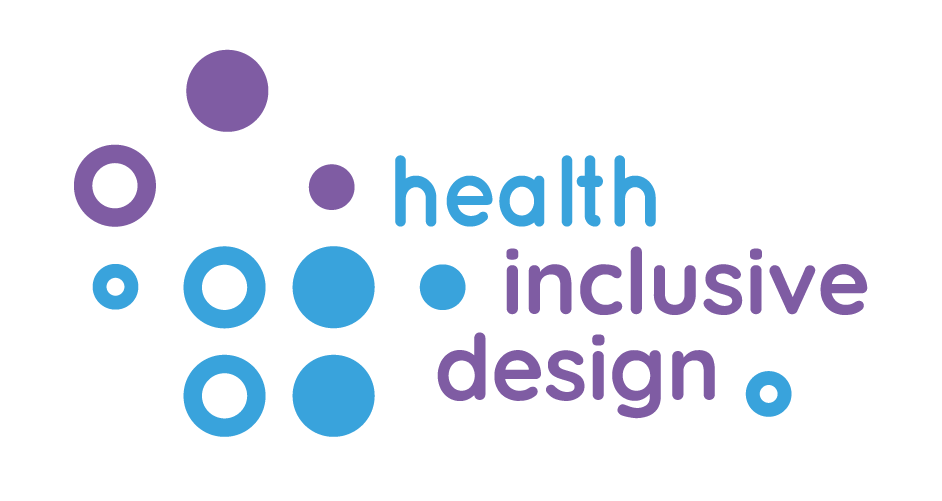
– Coach: Emilia Barakova
– Student year: B22;FBP;M12;
– Expert: Feiran Zhang and Maggie Song, Song
– Client: Feiran Zhang and Maggie Song, and Radboud medical center
– Research/design question: Introduction It is crucial to consider parental expectations when it comes to the development and acceptance of robotics for young children. Unfortunately, these expectations are often ignored in the field of Human-Robot Interaction (HRI). An overarching RQ could be: What parents of young children expect from Social robots in health-related interactions. More specific wrt to specific health problem or population group can be defined.
– Client: Feiran Zhang and Maggie Song, and Radboud medical center
– Research/design question: Introduction It is crucial to consider parental expectations when it comes to the development and acceptance of robotics for young children. Unfortunately, these expectations are often ignored in the field of Human-Robot Interaction (HRI). An overarching RQ could be: What parents of young children expect from Social robots in health-related interactions. More specific wrt to specific health problem or population group can be defined.
– Description : Task Description
(1) Explore and map the problem and existing SOCIAL robot solutions for health care.
(2) In the next step, the student(s) will recruit parents (ideally for those whose kids are around 3-7 years old) to fill in a survey using a newly developed scale (so-called TSES-R, see https://dl.acm.org/doi/abs/10.1145/3568294.358008).
(3) Then, the student(s) will further interview parents to elaborate on their expectations and concerns.
(4) The student can ideate some conceptual designs and validate them with these parents.
(5) Finally, the student(s) will analyze the collected data and write up the results, one possibility is to finish with design recommendations for social robots for health applications.
(1) Explore and map the problem and existing SOCIAL robot solutions for health care.
(2) In the next step, the student(s) will recruit parents (ideally for those whose kids are around 3-7 years old) to fill in a survey using a newly developed scale (so-called TSES-R, see https://dl.acm.org/doi/abs/10.1145/3568294.358008).
(3) Then, the student(s) will further interview parents to elaborate on their expectations and concerns.
(4) The student can ideate some conceptual designs and validate them with these parents.
(5) Finally, the student(s) will analyze the collected data and write up the results, one possibility is to finish with design recommendations for social robots for health applications.
In this project you can either do research (to the success factors) or design for the good conversation with elderly.
PRECIES! can link you to several elderly in the neighborhood, so you can talk to them and their (informal) network.
Publications:
https://dl.acm.org/doi/abs/10.1145/3568294.358008). See also: https://ieeexplore.ieee.org/abstract/document/9889542 and https://dl.acm.org/doi/abs/10.1145/3568294.3580174 and

